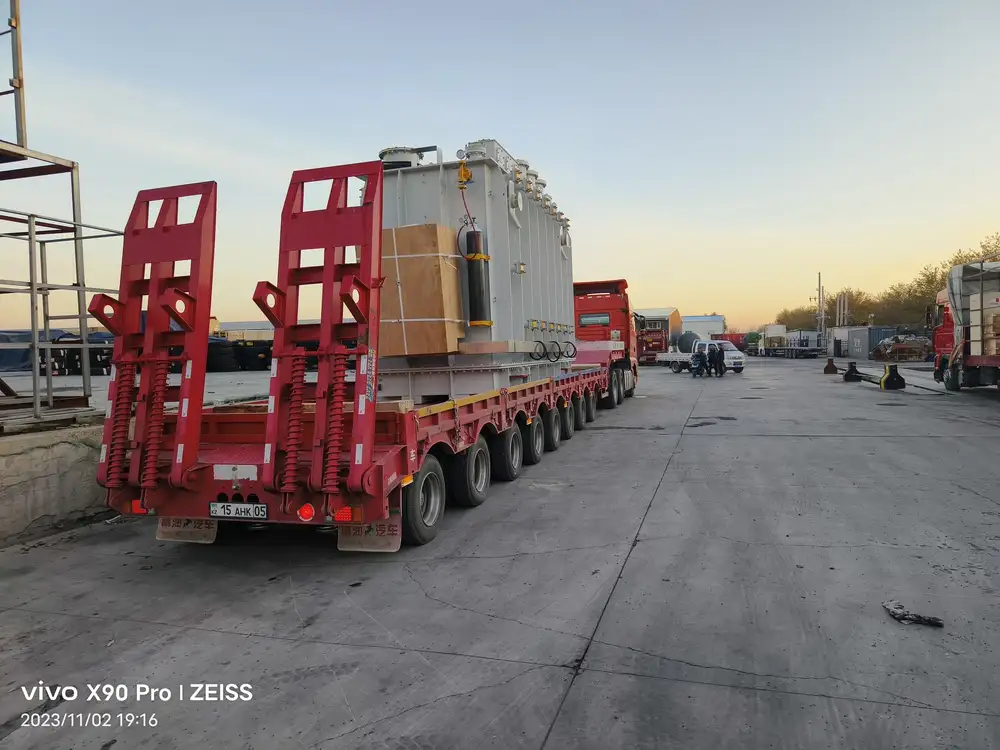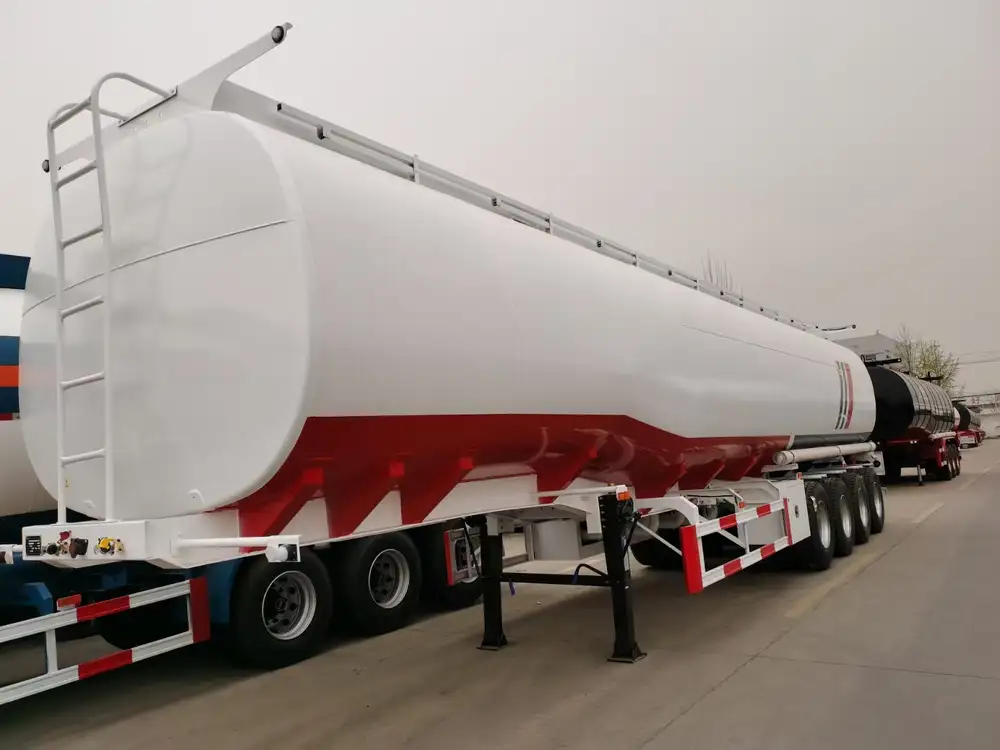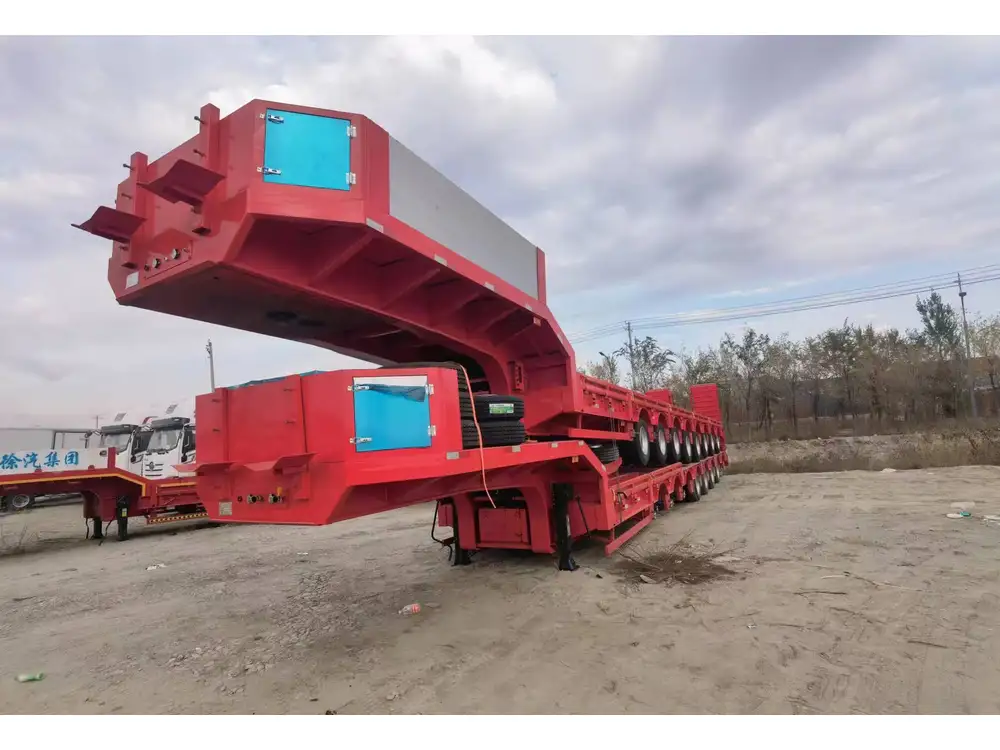When it comes to transporting materials efficiently, understanding the capacity of your dump trailer is crucial for both companies and individual users. Specifically, a 14ft dump trailer is a versatile asset in construction, landscaping, and other heavy-duty settings. This article delves into how many yards a 14ft dump trailer can hold, exploring factors that influence its capacity, practical considerations, and the types of materials it can transport.
Table of Contents
- Dump Trailer Capacity Overview
- 1.1 General Capacity Metrics
- 1.2 Understanding Cubic Yards
- Calculating Capacity for a 14ft Dump Trailer
- 2.1 Dimensions and Volume Calculation
- 2.2 Different Types of Loads
- Factors Influencing Load Capacity
- 3.1 Trailer Design
- 3.2 Material Density
- 3.3 Weight Limits
- Practical Considerations for Effective Usage
- 4.1 Loading Techniques
- 4.2 Legal Regulations
- Comparison with Other Trailer Sizes
- Conclusion and Recommendations
1. Dump Trailer Capacity Overview

1.1 General Capacity Metrics
The load capacity of any dump trailer, including 14ft models, is best measured in cubic yards. This is especially essential for those who need to calculate how much material they can transport effectively. A cubic yard is defined as the volume of a cube with each side measuring one yard long. Understanding this will aid in optimizing your use of a dump trailer.
1.2 Understanding Cubic Yards
For practical purposes, it is vital to comprehend the cubic yard metric in relation to common materials:
- Soil: Approximately 1.5 tons per cubic yard
- Sand: Roughly 1.6 tons per cubic yard
- Gravel: Generally about 1.4 tons per cubic yard
- Mulch: Typically around 0.5 tons per cubic yard
These weights can guide users when determining optimal loading practices, especially in terms of weight limitations.
2. Calculating Capacity for a 14ft Dump Trailer

2.1 Dimensions and Volume Calculation
To determine the capacity of a 14ft dump trailer, we need to assess its dimensions. A standard 14ft dump trailer typically has a width of about 7ft and a depth of approximately 2ft. The volume can be calculated as follows:
[ \text{Volume} = \text{Length} \times \text{Width} \times \text{Height} ]Substituting the dimensions into the formula:
[ \text{Volume} = 14 \text{ft} \times 7 \text{ft} \times 2 \text{ft} = 196 \text{cubic feet} ]To convert cubic feet into cubic yards, we use the conversion factor that 1 cubic yard equals 27 cubic feet:
[ \text{Cubic Yards} = \frac{\text{Cubic Feet}}{27} = \frac{196}{27} \approx 7.26 \text{cubic yards} ]Thus, a 14ft dump trailer can hold approximately 7.26 cubic yards of material.
2.2 Different Types of Loads
It’s important to consider the type of material being loaded. The effective volume will vary depending on the density of the materials:
- Loose materials (like soil or mulch) may fill the trailer to its capacity (7.26 cubic yards).
- Granular materials (like gravel or sand) might compact slightly more, effectively altering the total volume you can load.
3. Factors Influencing Load Capacity

3.1 Trailer Design
The design and construction of the dump trailer itself can influence how much weight it can support. Features such as reinforced frames and tailgates can enhance strength and load-bearing capacity.
3.2 Material Density
Different materials have various densities, impacting how much you can load without surpassing weight limits. For example, although you might fill the trailer to its cubic capacity with loose soil, the weight may exceed your trailer’s maximum load limit.
3.3 Weight Limits
Most 14ft dump trailers have a weight limit ranging from 6,000 to 14,000 pounds, varying by model. To avoid overloading, always check your specific trailer’s manual for the maximum weight capacity.

4. Practical Considerations for Effective Usage
4.1 Loading Techniques
– Distributing Weight:
Ensure that the load is distributed evenly across the trailer to maintain balance and stability while driving.

– Loading Height:
When loading, consider the height of your load. While cubic capacity might allow for a larger volume, a higher load increases the risk of tipping while in motion.
4.2 Legal Regulations
Before hitting the road, it’s crucial to stay compliant with local regulations regarding trailer load limits. Many areas have specific laws governing how much weight you can transport, including height restrictions which typically prevent loads from exceeding the height of the trailer sides.
5. Comparison with Other Trailer Sizes
To provide a better perspective on the 14ft dump trailer capacity, let’s compare it with trailers of other sizes.
| Trailer Size | Size (ft) | Approximate Volume (cubic yards) | Suitable for |
|---|---|---|---|
| 10 ft | 10 x 6 x 2 | 4.5 | Small landscaping jobs or light debris |
| 12 ft | 12 x 7 x 2 | 6.5 | Medium gardening tasks or construction debris |
| 14 ft | 14 x 7 x 2 | 7.26 | Great for large renovations, gravel, soil |
| 16 ft | 16 x 7 x 2 | 9.81 | Ideal for extensive projects or heavy loads |
| 20 ft | 20 x 8 x 3 | 14.81 | Best for commercial construction or extensive hauling |
Each trailer size offers a different capacity, suited for varying types of jobs and materials. While the 14ft trailer stands as a robust option for diverse tasks, larger trailers shine in extensive projects requiring high-volume transport.

6. Conclusion and Recommendations
In conclusion, understanding how many yards a 14ft dump trailer can hold — approximately 7.26 cubic yards — is integral for maximizing its efficiency and ensuring compliance with usage regulations. The capability varies notably based on the nature of the materials being transported and the trailer’s design.
Recommendations:
- Consult the User Manual: Always refer to your specific trailer’s manual for detailed information on load limits and specifications.
- Practice Safe Loading: Be mindful of distributing weight evenly and verify that loads don’t exceed either the weight or height regulations to ensure safety on the road.
- Regular Maintenance: Ensure your dump trailer remains in optimal condition to handle heavy loads, including examining tires, brakes, and the trailer bed for any signs of wear or damage.
By adhering to these guidelines and understanding the particulars of your trailer’s capacity, you can enhance both productivity and safety in your material transport endeavors.



